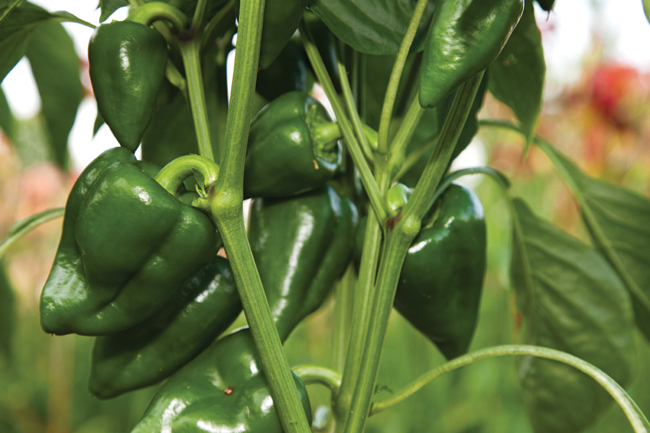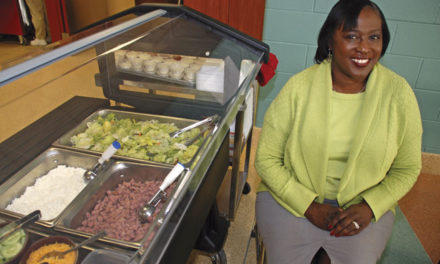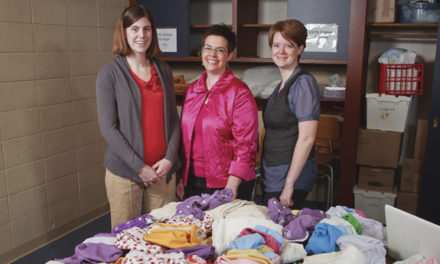BY MOYA ANDREWS
Many experienced and aspiring gardeners have dreamed of one day having a garden that could sustain them and their loved ones in the event of a national emergency. While few have attained this goal completely, many in our region are growing more of their own fruits and vegetables, as well as enjoying the superb locally grown produce that is now available at our Farmers’ Market.
Gardeners who grow their plants from seeds, under lights or in greenhouses, are already busy in February sowing the seeds for their summer crops. The rest of us are waiting impatiently and dreaming about the bountiful crops we will grow. Now is a good time to read and plan, so we can be ready to plant in April and May.
Plentiful sunshine and excellent soil are the two basic requirements for success in growing edible plants. However, even if there is no yard available, it is possible to grow lettuce, spinach, and some herbs, for example, and even tomatoes, in a container on a porch or balcony. Drainage holes are a necessity, and containers have to be watered daily in hot weather. The smaller the container, the faster the soil dries out. One advantage of this method is that we can get excellent soil to fill the containers.
For those who buy their vegetable plants as larger starts, there is also professional advice available at stores like Bloomington Valley Nursery, the White River Co-op, Mays Greenhouse, and Bloomingfoods. In our Zone 5, hardy plants can be set outdoors in late April and tender annuals in mid- to late May.
When a gardener is planning to grow vegetables, such as cucumbers, eggplants, peppers, squash, and tomatoes, choosing a spot that gets a full 12 hours of sunlight is best, and soil preparation is essential. Till at least 10 inches deep (especially if root vegetables will be grown) and add agricultural gypsum. Amend heavy soil with sand, peat moss, and compost. If, like in many areas of Bloomington, there is predominantly heavy clay, build a raised bed instead of trying to dig up the ground. The advantage is that you not only save your back during the soil preparation phase, but you also do not have to bend over so far when tending the garden.
Experts, such as gardening guru Jerry Baker, advise planting a garden with corn on the south and west, to protect more delicate plants from harsh winds, and with rows running north and south. Squash, cantaloupes, and cucumbers should be on the eastern rows of the garden, since they grow toward the sun and therefore won’t encroach on neighboring rows. To add biodiversity to the veggie patch, plant some marigolds and herbs to repel insects, and borage and comfrey to attract pollinators.
Longtime gardeners Roger and Elaine Byers constructed their own very successful raised vegetable gardens. For their detailed construction plan and photographs, click here!











